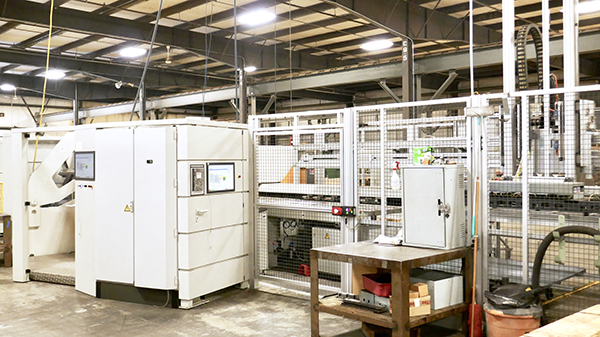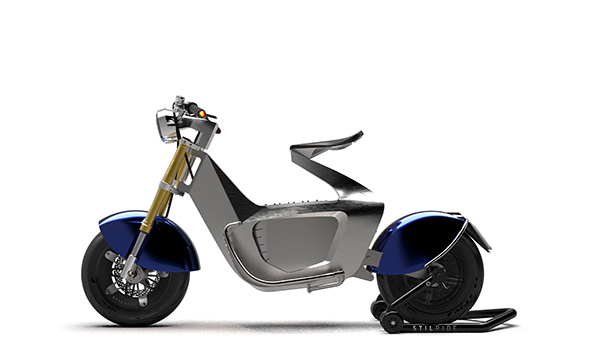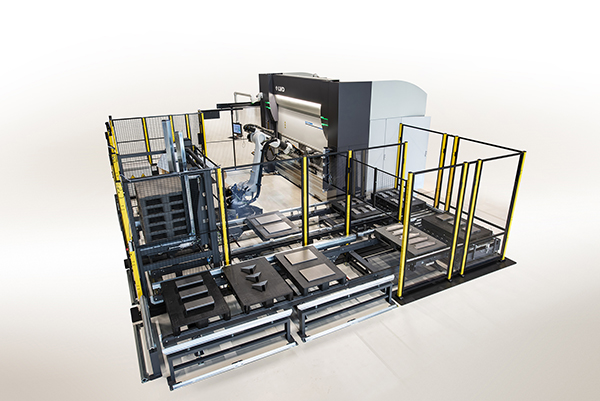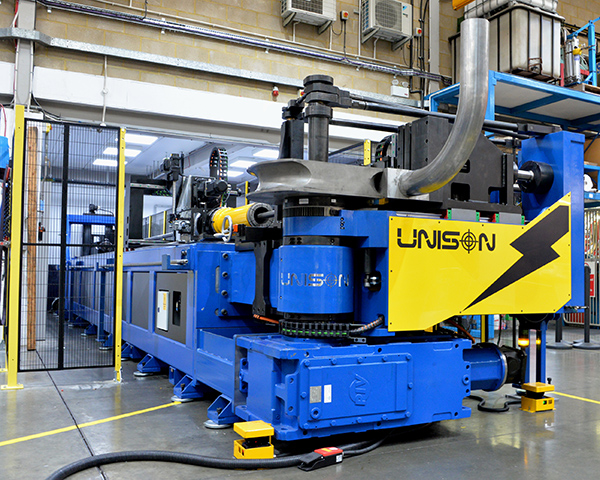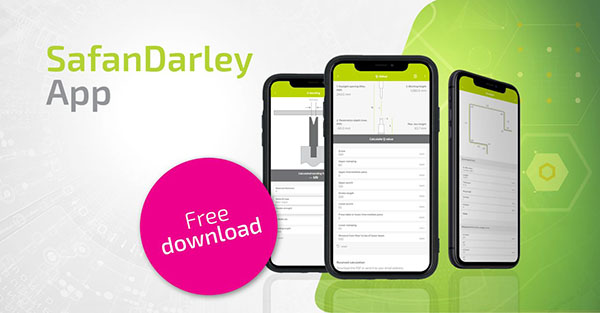
RAS bending machines have increased productivity, quality and design capabilities at an Orchard Park, NY-based manufacturing facility. Diversified Control is a custom manufacturer that provides unique security enclosure solutions for the telecommunications industry. To meet its growing metal fabrication needs, Diversified Control purchased its first RAS MultiBend Center 79.22 in August 1998 and upgraded to a new model in December 2016. The company has since purchased a second automated bending machine, a RAS MiniBend Center. RAS machines are available in the UK from Press & Shear.
“These machines fabricate a significant amount of product for us,” says plant manager Tim Spencer. “We offer a broad range of custom electrical/telecom enclosures and panels, and many other associated formed parts. They are a great solution for our fabricating needs.”
Before converting to the RAS bending machines, Diversified Control used manual press brakes, making it more difficult to meet production goals.
“We had multiple employees forming identical parts on manual press brakes,” says Spencer, who adds that manual press brakes pose inherent dangers, require more workers and are not nearly as efficient.
The RAS fabrication machines allow Diversified Control to form panels at a much more efficient rate.
“There are features that can be created far more easily, especially on the MiniBend, than can be done on a manual press brake,” says Spencer, elaborating that the machine has opened the company’s “landscape to create more intricate parts”.
Diversified Control has experienced a significant increase in productivity due to the efficiency of the RAS machines.
“Having a RAS machine increases the throughput of parts significantly compared with the output of a single person,” concludes Spencer. “The MiniBend, specifically, can run without an operator.”
For further information
www.ras-online.de/en






